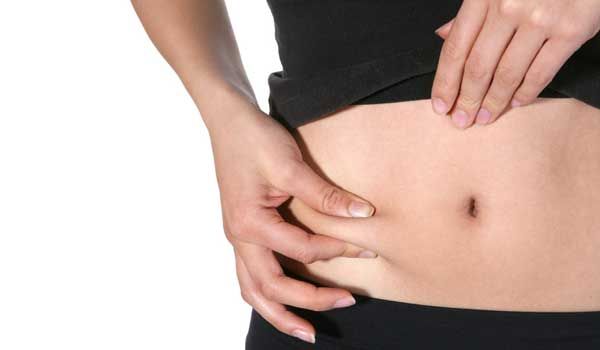Math Equations Reveal How Fat Cells Are Born

While eating the wrong foods and foregoing exercise no doubt play a role in the amount of fat that accumulates around your waistline, scientists still don't know exactly how new fat cells form.
But using mathematics, researchers have now come up with a few predictions about what influences the process.
Their new study sheds light on why preadipocytes, or pre-fat cells, that are present in adults, either lie dormant, copy themselves or turn into fat. The findings eventually could lead to a way to freeze these early cells in their current state before they can ever become the basis of fat tissue, the researchers say.
The scientist examined how interactions between different proteins in the body affect the birth of fat cells.
"Obesity is certainly related to the types and amounts of foods people consume. But how the body responds to this can differ from one person to another, and could be related to some abnormalities in these protein interactions," said study researcher Huseyin Coskun, of Ohio State University. "The amount consumed may not be the only reason behind obesity. With this study, we started to understand how protein levels and complex molecular interactions in the body may influence the development of fat cells."
Math models
Every human body needs fat to store and produce energy, but in excess, the tissue made up of fat cells begins to secrete molecules that send out complicated signals. This process can lead to inflammation, which has been linked to asthma and other conditions, and contributes to the development of other diseases, such as diabetes.
Sign up for the Live Science daily newsletter now
Get the world’s most fascinating discoveries delivered straight to your inbox.
The scientists focused on three proteins that are known to have an impact on the fate of preadipocytes – one protein that influences inflammation (NF-kB); another that drives the creation of fat cells (PPAR-gamma); and a third that is involved in the proliferation, or copying, of almost all cells in the body (cyclin D).
Using a series of equations, the researchers determined how the interactions among these three proteins would likely affect what happens to pre-fat cells, including conditions most associated with quiescence, or keeping those preadipocytes from turning into fat.
"The three target proteins of this initial model are the most commonly studied, but their mutual relationships in relation to the creation of fat cells are still not well-known, so we are putting their roles together to see how they contribute to fat cell determination for the first time, as far as we know, in the literature," Coskun said.
Sleeping fat cells
The researchers also looked at how two other substances affect the target proteins: a protein called IkB, which inhibits the inflammatory NF-kB protein, and the concentration of a chemical stimulant, called a mitogen, that stimulates production of cyclin D.
According to the model, if the level of IkB is high and the level of the cyclin D stimulant is low, the pre-fat cells remain dormant.
"A potential benefit of figuring out this process is to see how we could manipulate certain parameters to arrest cells in this quiescent region, and that could have an effect on obesity," Coskun said.
He noted that more experiments are needed to further test the model, which also could be expanded to add more proteins to the equations.
The research is published in the July 7 issue of the Journal of Theoretical Biology.












